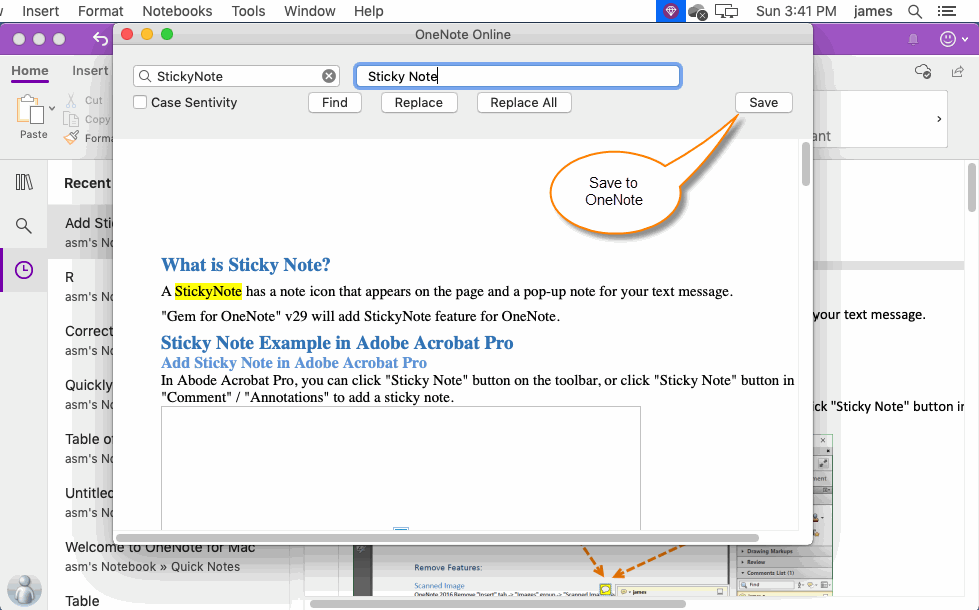

- #HOW OT FIND AND REPLACE ON MAC HOW TO#
- #HOW OT FIND AND REPLACE ON MAC PRO#
- #HOW OT FIND AND REPLACE ON MAC MAC#
These check boxes are also available if you select Constants. Note: you can search for cells with formulas that return Numbers, Text, Logicals (TRUE and FALSE) and Errors. They can also be found under Go To Special. Note: Formulas, Comments, Conditional formatting, Constants and Data Validation are shortcuts. On the Home tab, in the Editing group, click Find & Select. For example, to select all cells with formulas, execute the following steps. Go To Special You can use Excel's Go To Special feature to quickly select all cells with formulas, comments, conditional formatting, constants, data validation, etc. Note: use 'Replace All' to replace all occurrences. Click 'Replace' to make a single replacement. Type the text you want to find (Veneno) and replace it with (Diablo). The 'Find and Replace' dialog box appears (with the Replace tab selected). Alternatively, you can press Ctrl+F on your keyboard. Then hit Replace All and all of the images will be replaced. You’re going to enter g in the search document box and then enter c in the replace with box. Next, head to the Edit menu, scroll down to Find, and then select Replace.
#HOW OT FIND AND REPLACE ON MAC MAC#
From the Home tab, click the Find command. Highlight it, and hit Command + C if you’re on a Mac or Ctrl + C if you’re in Windows to copy the image. In our example, we've written an academic paper and will use the Find command to locate all instances of a particular word. Replace To quickly find specific text and replace it with other text, execute the following steps. To access the Find & Replace, Choose Home → Find & Select → Find or press Control + F Key.See the image below.
#HOW OT FIND AND REPLACE ON MAC HOW TO#
Let us see how to access the Find & Replace Dialogue. MS Excel provides Find & Replace option for finding text within the sheet. Select the range of cells where you want to replace text or numbers. You’ll see a section on the left which has two parts – “Replace” and “With”.Ĭlick the “+” icon in the bottom right to add a new shortcut.To replace certain characters, text or numbers in an Excel sheet, make use of the Replace tab of the Excel Find & Replace dialog. Here, go to “Keyboard” and navigate to the “Text” section. To get started, click the “Apple” icon from the menu bar and select “System Preferences”. If the memo fields are all identical you could do a group edit, otherwise youll have to do one at a time. If you click on the little magnifying lens icon in the search window you can tell it to just search the memo field, but youd have to manually edit the transactions it finds. Frequent typos you make, product names that are hard to remember and more.īut how exactly? Let me show you. Probably not the way you mean, no - Im not aware of any search & replace command.

So let’s say I type in and if I’ve set it up in a particular way, it will automatically change to “ ” right after I hit that space bar. Text expansion (or text replacement, or text substitution) is a process of typing a shortcut or snippet which is automatically converted to a longer string of text by OS X. The feature in System Preferences is kind of nameless. But OS X being OS X, uses its own moniker. In general, the term is called text expansion. Thankfully, OS X has such a utility built right in.
#HOW OT FIND AND REPLACE ON MAC PRO#
It could be as simple as your office address, your email or something more complicated like an email template, snippets of laws, anything really.Īnd if you’re a pro user, you’d want to automate such a process. In the Replace with box, enter the text or numbers you want to use to replace the search text. In the Find what box, type the text or numbers you want to find. But if you write a lot, you end up writing the same thing, over and over again. To replace text or numbers, press Ctrl+H, or go to Home > Find & Select > Replace. Either you’re like me and you write for a living, or you work in finance and most of your working hours are spent writing reports. Voice recognition still has a long way to go.

As much as we’d like it, typing isn’t dead.


 0 kommentar(er)
0 kommentar(er)
